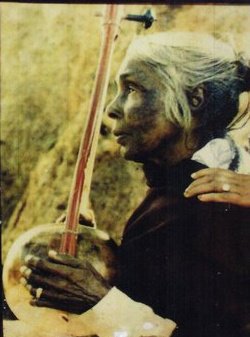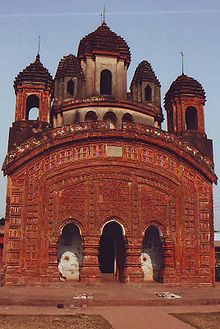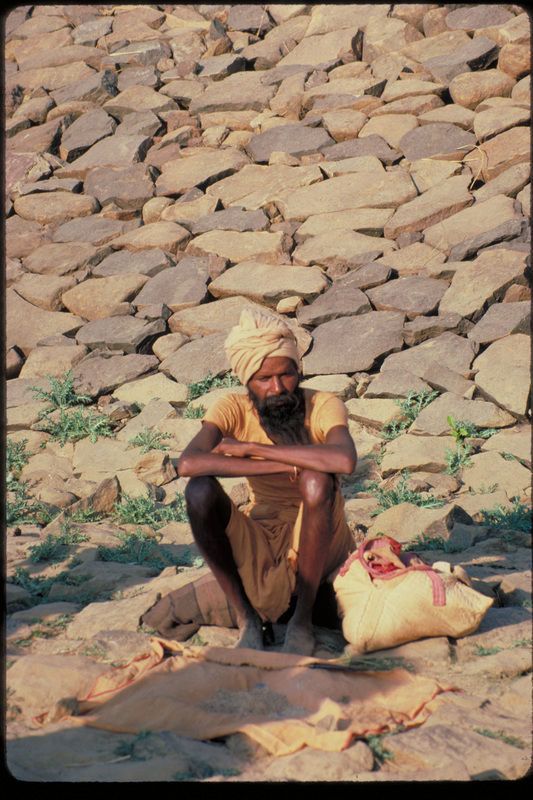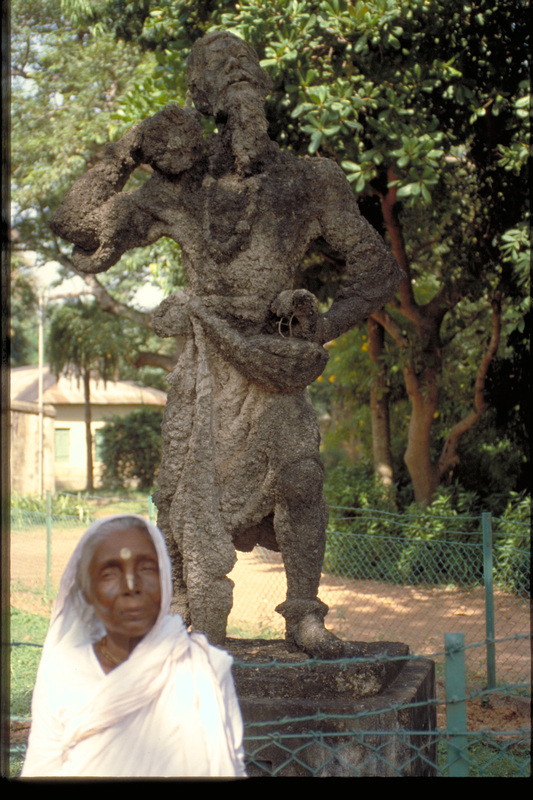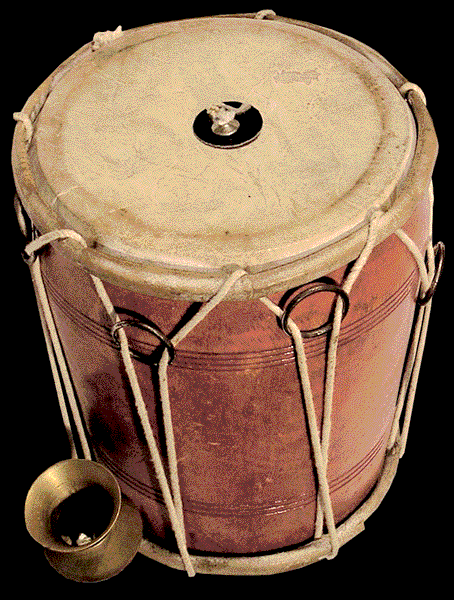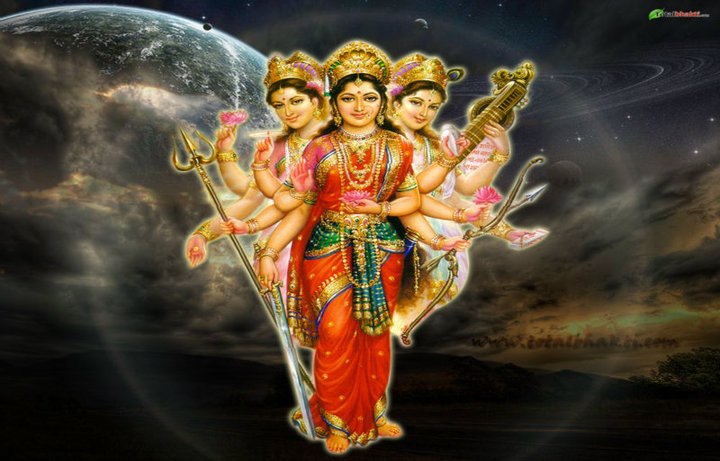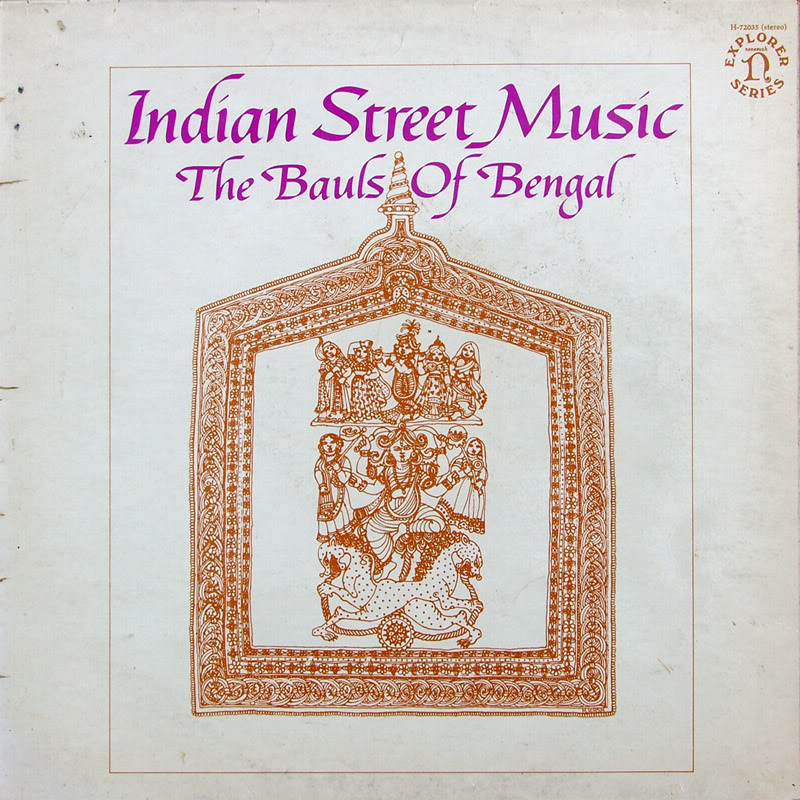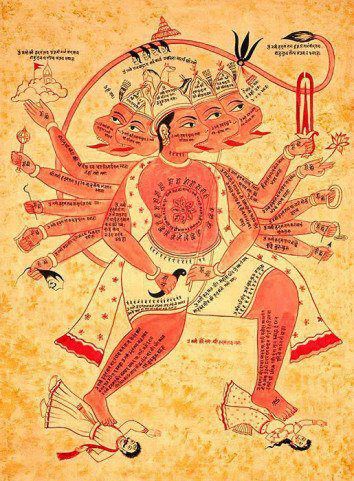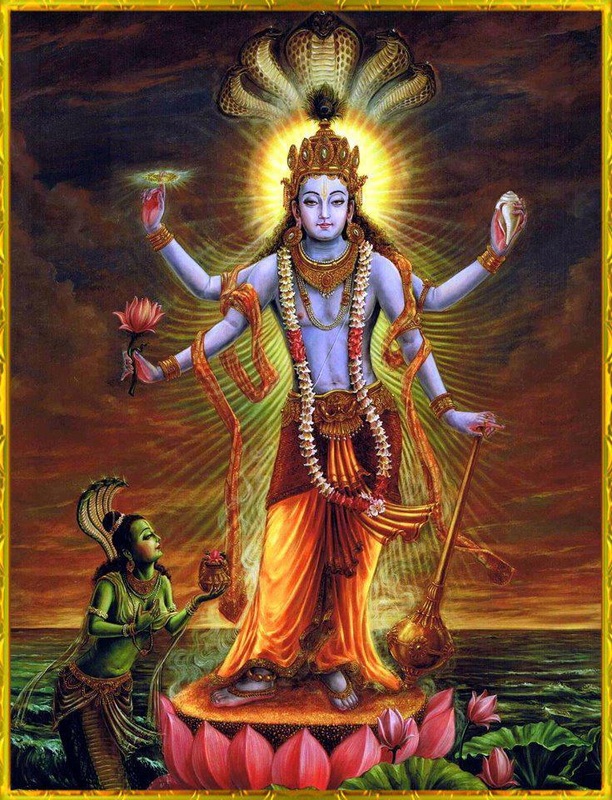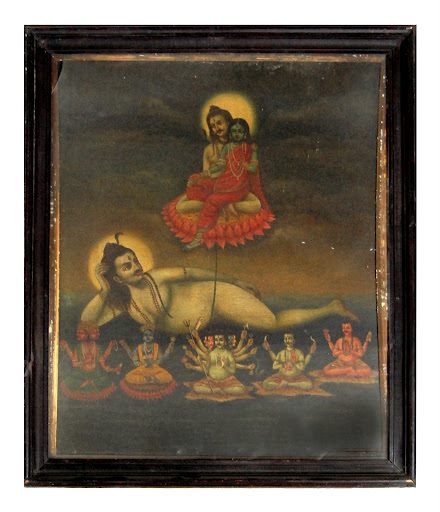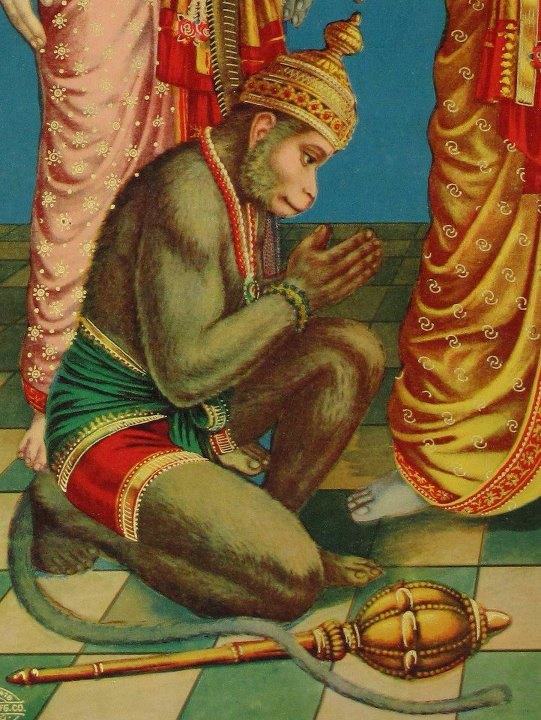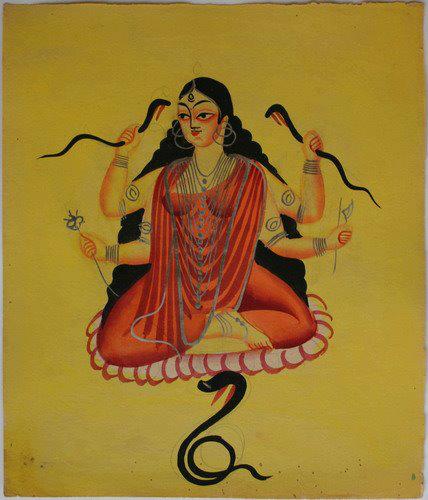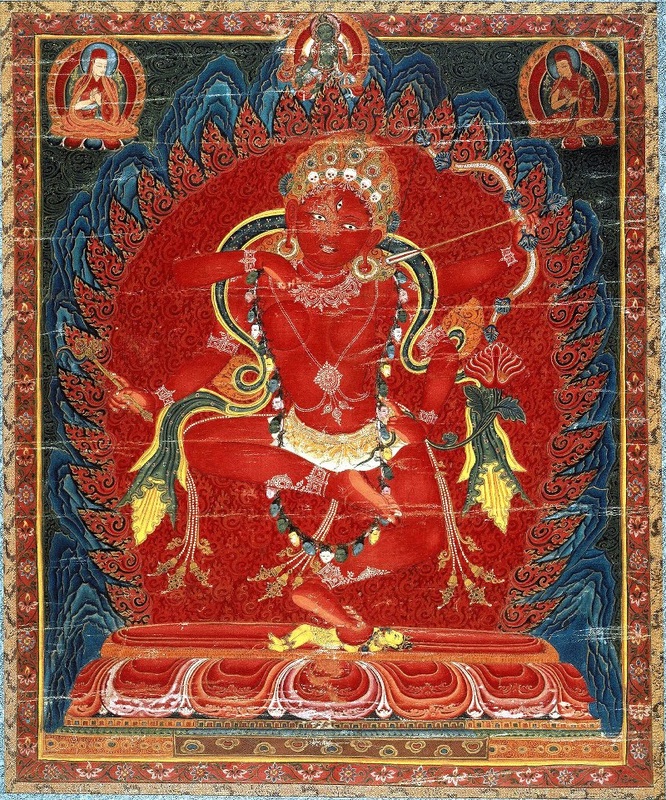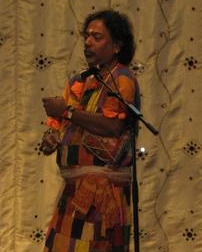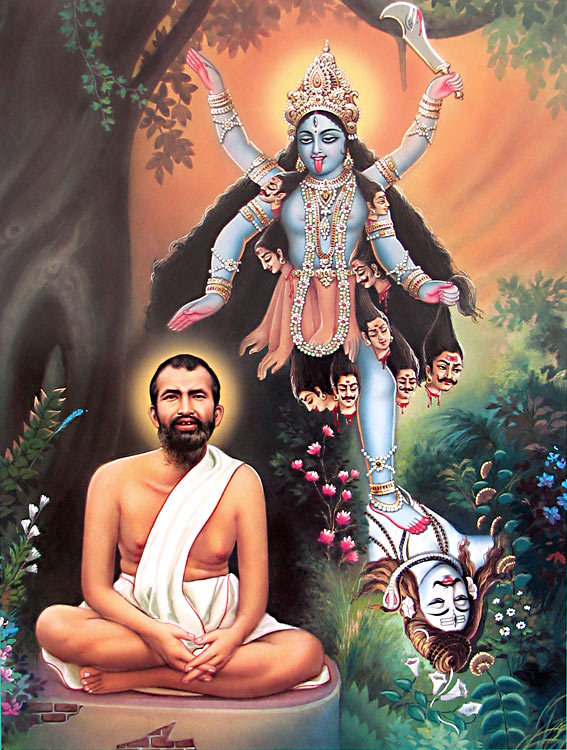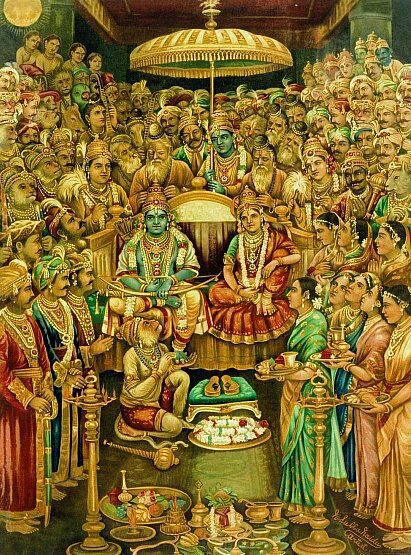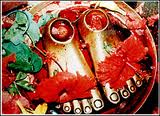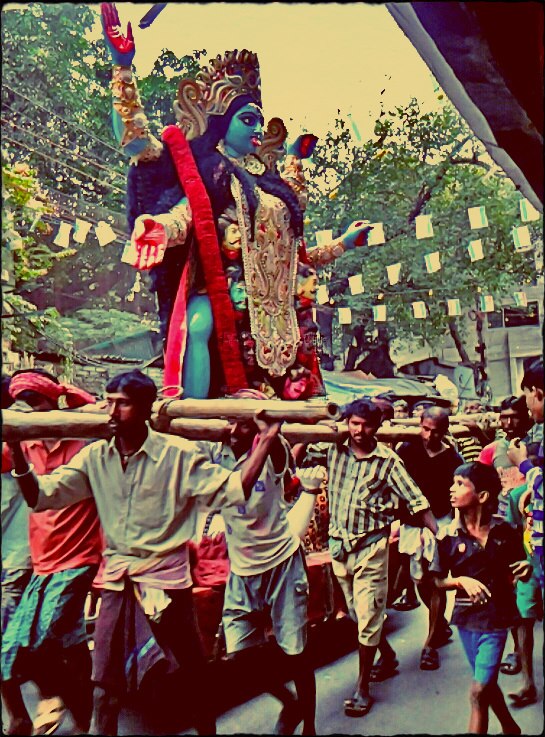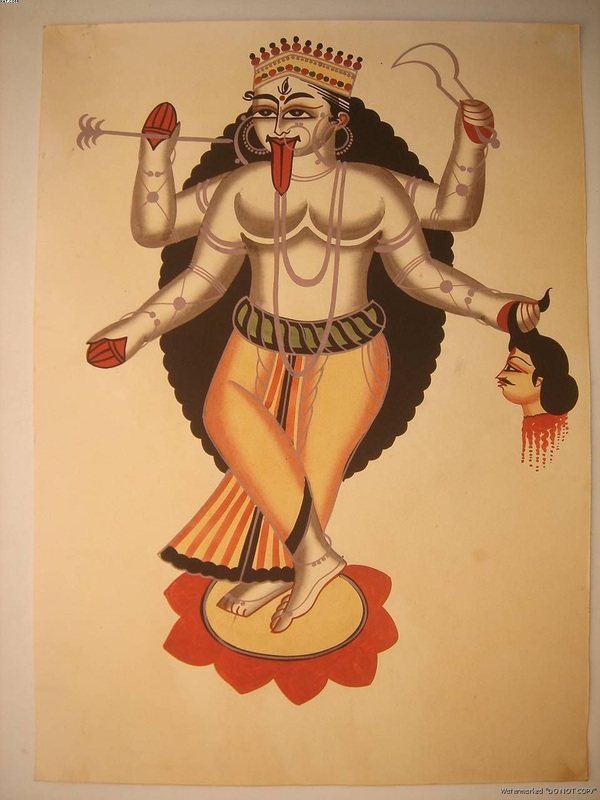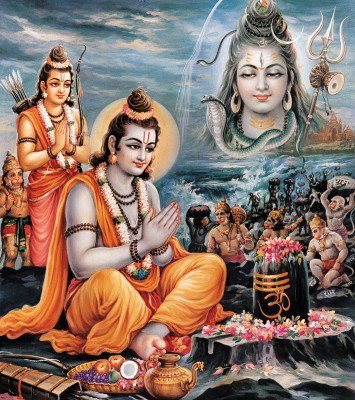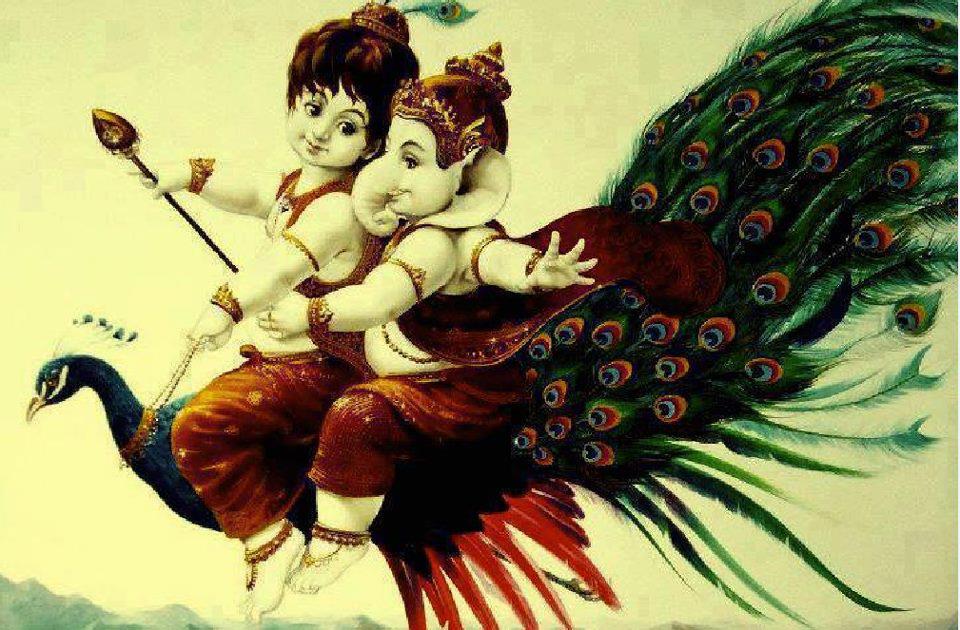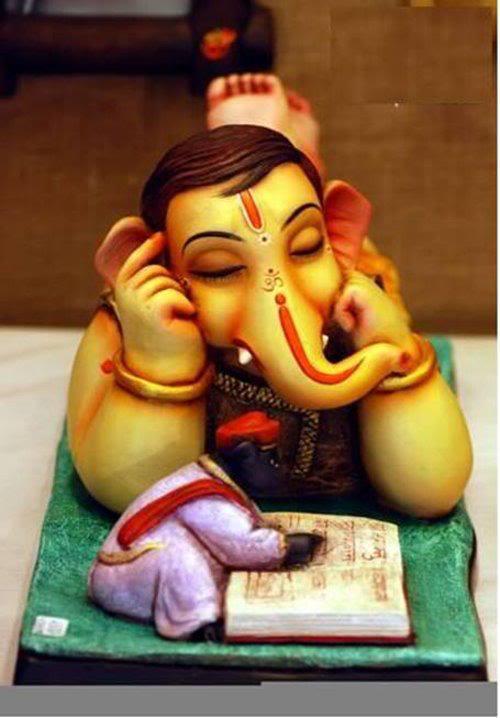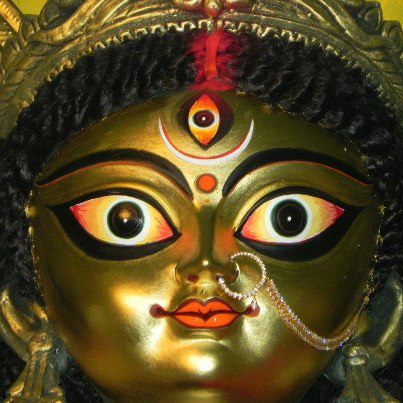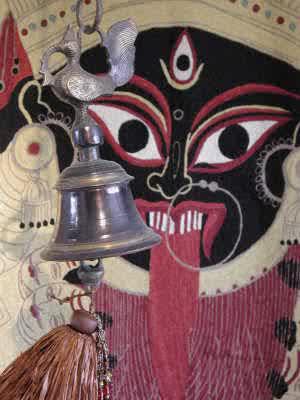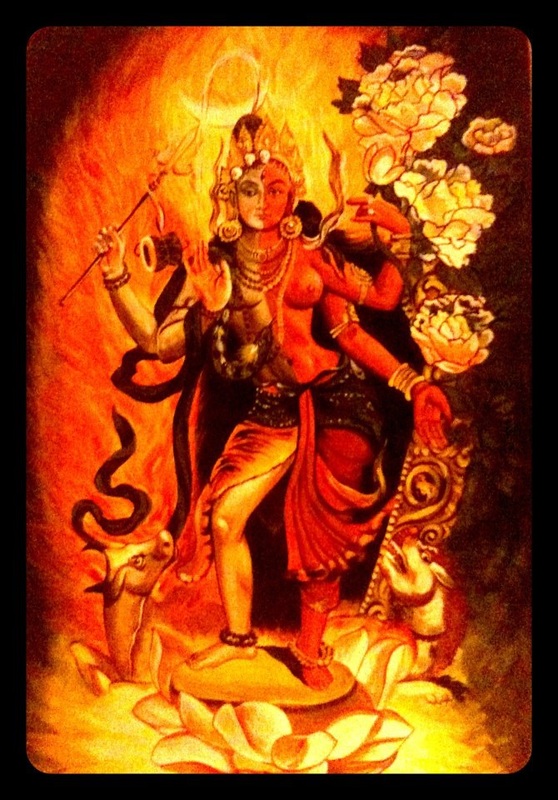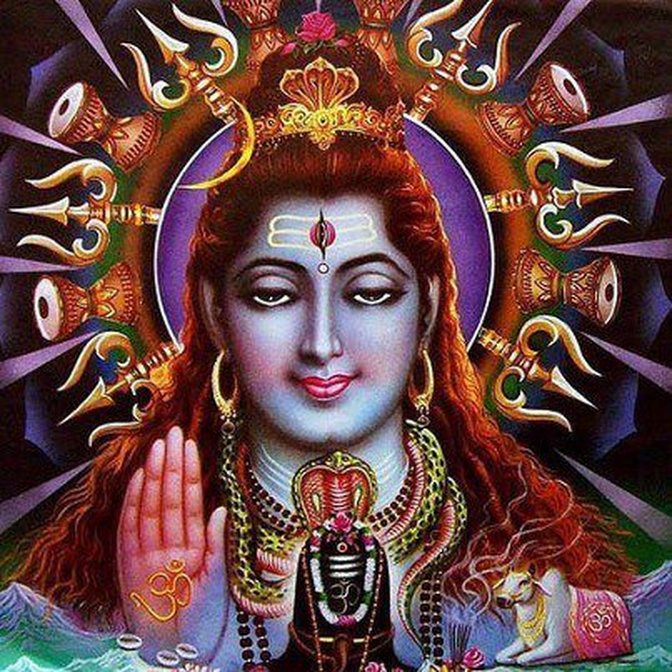
The Shivaratri Pooja has been given tremendous significance in Hindu mythology. It is said that ritual worship of Lord Shiva on a Shivaratri day pleases Lord Shiva the most. Devotees further believe that by pleasing Lord Shankara on the auspicious Shivaratri day, a person is absolved of past sins and is blessed with Moksha or salvation. The day and night is for devotion and prayer to Siva. Maha Shivratri is the day when prayers and worship are given more importance. There is no fun or merrymaking as in other Hindu festivals.
:: Merits of Shivaratri Puja ::
According to SHIVA PURANA, sincere worship of Lord Shiva yields merits including spiritual growth for the devotees.
It also provides extensive details on the right way to perform Shivratri Puja.
Shiva Purana further says that performing abhisheka of Shiva Linga with six different dravyas including milk, yoghurt, honey, ghee, sugar and water while chanting Sri Rudram, Chamakam and Dasa Shanthi pleases Lord Shiva the most.
According to the mythology, each of these dravya used in the abhisheka blesses a unique quality:
• Milk is for the blessing of purity and piousness.
• Yogurt is for prosperity and progeny.
• Honey is for sweet speech.
• Ghee is for victory.
• Sugar is for happiness.
• Water is for purity.
Besides, worship of Lord Shiva on Shivratri is also considered to be extremely beneficial FOR WOMEN. While, married women pray to Shiva for the well being of their husbands and sons, unmarried women pray for a husband like Shiva, who is considered to be the ideal husband.
:: Getting Ready for Shivratri Puja ::
To perform the worship of Lord Shiva on Shivratri, devotees wake up early and take a ritual bath, preferably in the holy waters of river Ganga. This is followed by worship to Sun God, Vishnu and Shiva in accordance with the purification rite observed on all-important Hindu festivals. Devotees then wear fresh new clothes and pay a visit to the nearest Shiva temple. As a tradition, devotees observe a fast on a Shivaratri day. Some do not consume even a drop of water.
:: Performing Maha Shivaratri Pooja ::
Following the method prescribed in Shiva Purana, priests perform ritual puja of Shiva Linga EVERY THREE HOURS all through the day and night of Shivaratri Festival. During this pooja, chants of Om Namah Shivaya and sounds of bells reverberate in the temple. Following the ABHISHEKA with milk, yoghurt, honey, ghee, sugar and water that helps in the purification of the soul a vermilion paste is applied on the Linga as it represents virtue. These six items form an indispensable part of Shivaratri, be it a simple ceremony at home or grand temple worship
After this, Bilwa leaves, which have to be a stalk with three leaves, is kept on top of the Shivalinga to cool the hot-tempered deity. BeL or jujube fruit is also offered to Lord Shiva, as it is symbolic of longevity and gratification of desires. Some devotees also offer the auspicious betel leaves to Lord Shiva marking satisfaction with worldly pleasures. Garlanding of Linga with flowers and garlands is also a part of the ritual Shivaratri Puja. Devotees also burn incense sticks as is said to yield wealth. Many also light lamps to symbolize attainment of knowledge. It is said that by offering water, hugging the Linga, lighting the diya and incense and ringing the temple bells, devotees call into focus all their senses, making them acutely aware of themselves and the universe to which they belong.
This ritual worship of Lord Shiva continues through the day and night of Shivaratri. Devotees stay awake and spent the night in Shiva temples by chanting ‘Om Namah Shivaya’ and singing hymns and verses in praise of Lord Shankar. Devotees observing vrat on Shivaratri break it only the next morning by partaking prasad offered to Lord Shiva.
:: Shivaratri Rituals ::
Devotees of Lord Shiva observe the Shivaratri Festival by following the prescribed rituals.
All through the day, devotees abstain from eating food and break their fast only the next morning, after the nightlong worship.
Ritual baths of Shivalinga in the numerous Shiva temples by Shiva worshipper, mainly women, is another significant feature of Shivratri customs and traditions.
Devotees strongly believe that ritual worship of Lord Shiva on the auspicious day of Shivaratri absolves them of past sins and they are blessed with Moksha.
:: Rituals Observed on a Shivaratri Morning ::
As a tradition devotees wake up early in the morning of the Mahashivratri day and take a ritual sunrise bath, preferably in the holy waters of river Ganga. They also offer prayers to the Sun God, Vishnu and Shiva as a part of a purification rite observed on all-important Hindu festivals. After wearing fresh new clothes devotees visit the nearest Shiva Temple to give the customary bath to the Shivalinga.
On a Shivratri day, Shiva temples are thronged by devotees, who come to perform the traditional Shivalinga pooja and seek blessings. At their turn for worship, devotees circumambulate the Shivalinga, three or seven times, and then pour water over it. Some also pour milk. Sounds of bell and shouts of ‘Shankarji ki Jai’ or (Hail Shiva) or "Om namah Shivaya" reverberate in the temple premises.
:: Ritual Bath of Shivalinga ::
Following the rituals prescribed in the Shiva Purana, every three hours, Shivalingam is given a special bath with milk, yoghurt, honey, sandalwood paste and rose water. Puja, meditation and chanting of ‘Om Namah Shivaya’ accompany the ritual bath. Following the bath, vermilion paste is applied on the linga. Traditionally, leaves of a forest tree Aegle marmelos (bilwa, maredu, wood apple) are used for Shiva puja. Thereafter, Bilwa leaves, which have to be a stalk with three leaves, is kept on top of the Shivalinga. Ber or jujube fruit is a special offering to the god on this day. Beetle leaves are also offered by some. Some also offer bilwa leaves in the belief that the Goddess Lakshmi resides in them. Others believe it is offered for its cooling effects on the hot-tempered deity. Many devotees also decorate the linga with flowers and garlands and offer incense sticks and fruit.
:: Significance of Puja Items ::
• According to the Shiva Purana, there is a special significance of the six essential puja items used in the Shiva worship.
• Bathing of Shivalinga with water, milk and honey and wood apple or bel leaves added to it, represents purification of the soul.
• The vermilion paste applied on the linga after the ritual bath represents virtue.
• Offering of fruits symbolizes longevity and gratification of desires.
• Burning of incense sticks yields wealth.
• The lighting of the lamp symbolizes attainment of knowledge.
• Offering of betel leaves marks satisfaction with worldly pleasures.
:: All-Night Shiva Worship ::
Worship of Lord Shiva continues all through the night on Shivaratri Festival. Devotees stay awake all night and spend the night in Shiva temples in worship of Lord Shiva. Singing of hymns and verses in praise and devotion of Lord Shiva besides the intense chanting of Om Namah Shivay, the mantra that is said free people from all their sins, continue through the night on Shivaratri.
Special worship of Shiva by priests continues through the nightlong prayer vigil. During this ritual worship, Lord Shiva is offered special food made from the fruits of the season, root vegetables and coconuts. Those observing the Shivaratri Fast break their fast the next morning by consuming the prasad offered to Shiva.
~ Here is a SIMPLE METHOD to perform Shivratri Puja ~
Always remember that the origin of Shivratri is traced to a hunter who was an ardent Shiva Bhakta and in a critical situation he unknowingly washed a Shivalingam with his tears and unknowingly offered Bilva leaves. So what is important is devotion and not complicated rituals.
:: Requirements for Shivratri Puja ::
• An image, picture or idol of Shiva. Or a Shivalingam.
• Bilva Leaves
• Water
• Other normal puja items like lamp etc
:: Prayers for Shivratri ::
You can chant any one or more of the prayers dedicated to Lord Shiva or simply chant ‘Om Namah Shivaya.’
:: Fasting on Shivratri ::
Most people fast for the entire day. But if you are unable to keep fast for 24-hours, then you can always opt for a single vegetarian diet or fruit or juice diet. If you are under medications, don’t attempt to fast and take proper advice from your doctor, if you intent on fasting.
:: Time of Prayer during Shivratri ::
The entire day is dedicated to Lord Shiva. So you can start the prayers from the morning by visiting a Shiva temple. Most Shiva devotees start the prayers in the evening after 20:00 hrs and continue till 04:00 hrs in the morning. The reason is that Lord Shiva is believed to have appeared during this period in a form that the human eye can accommodate.
How to do Shivratri Puja?
• Wake up early and take bath
• Apply ash on the forehead.
• Light a lamp before the Shiva idol
• You can offer Bilva leaves.
• If you have a Shivling, bathe it with water.
• Bhasma or Ash is the tilak applied by Shiva devotees.
Fast all the day.
Remain silent and meditate.
• Bathe in the evening and light a lamp
• Offer Bilva leaves and bathe the Shivling with water.
• You can offer Bilva leaves and bathe the Shivling as many times as you want. (You can details about an elaborate Shivling Puja here.)
If you plan to stay awake during the night, you can perform the puja at regular intervals and keep chanting Shiva mantras. or remain silent and meditate.
Most devotees visit a nearby Shiva temple and stay at night there worshiping Mahadeva.
The End of Shivratri Puja
You can complete the Shivratri puja at about 0500 hrs early morning. Perform bath and offer simple prayer and you can break your fast.
Related
======
The day after Shivratri is Amavasi – the dark night or the no moon night. It symbolizes the evil forces – desire, greed, illusion, arrogance, jealousy, and anger – which dominate the Kaliyuga. Shiva is believed to have appeared in the form of ‘Lingodabhavamurti’ or Jyotir Linga on the Shivratri night. The Linga is an attempt to give form to the formless Brahmn. Praying to Shiva is to escape from miseries of Kaliyuga.
=======
:: SPECIAL PRAYERS of SHIVARATRI ::
Apart from fasting and keeping vigil at night, Hindu devotees also chant sacred prayers and mantras dedicated to Lord Shiva on Maha Shivratri night. In fact these mantras can be chanted on a daily basis.
Shiva Panchakshari Mantra - Om Namah Shivaya
Shiva Sakti Panchakshari Mantra - OmHrim Namah Shivaya
Mrutyunjaya Mantra –
Om Trayambakam Yajamahe
Sugandhim Pushti Vardhanam
Urvarukamiva Bandhanat
Mrutyor Mukshiya Mamrutat
Shiva Gayatri Mantra –
Om tatpuruṣhaya vidmahe
Mahadevaya dhimahi
Tanno rudrah prachodayat
Apart from this one can chant the 108 names or 1008 names of Lord Shiva or the 24 Sacred Names of Lord Siva.
:: Twenty Four Sacred Names of Shiva ::
1. Om maheswaraya namaha
2. Om mahadevaya namaha
3. Om sarveswaraya namaha
4. Om shivaya namaha
5. Om Shankaraya namaha
6. Om Saswataya namaha
7. Om pasupataye namaha
8. Om umapataye namaha
9. Om brahmadhipataye namaha
10. Om parameswaraya namaha
11. Om bhasmangaragaya namaha
12. Om mahesaya namaha
13. Om nityaya namaha
14. Om shuddhaya namaha
15. Om mrutyunjayaya namaha
16. Om bhutesaya namaha
17. Om mrudaya namaha
18. Om sarvaya namaha
19. Om sadashivaya namaha
20. Om bhavaya namaha
21. Om sarvajnaya namaha
22. Om bhimaya namaha
23. Om vasudevaya namaha
24. Om tripurantakaya namaha
~ Om Namah Shivay ~
Veda Vijnan Rishikulam

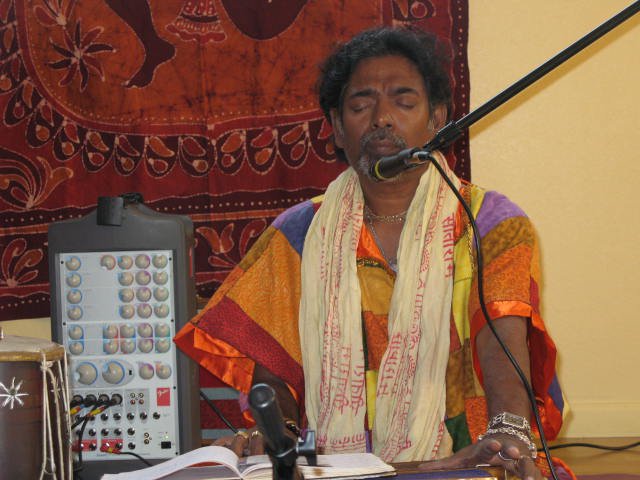
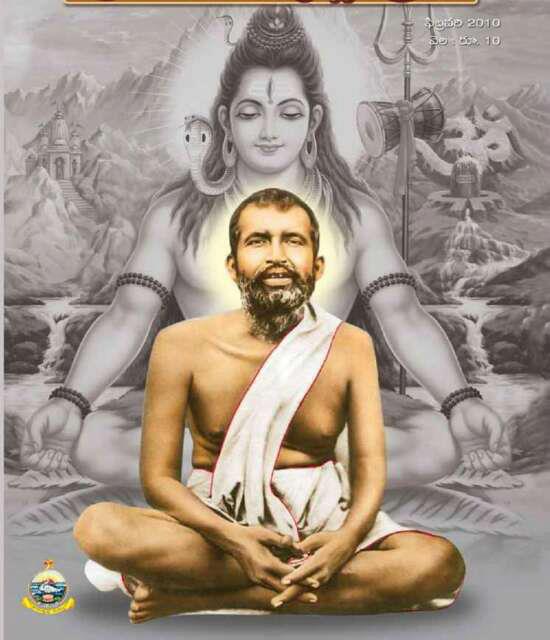

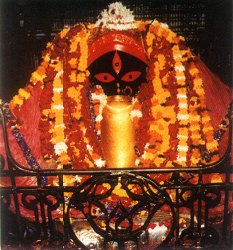
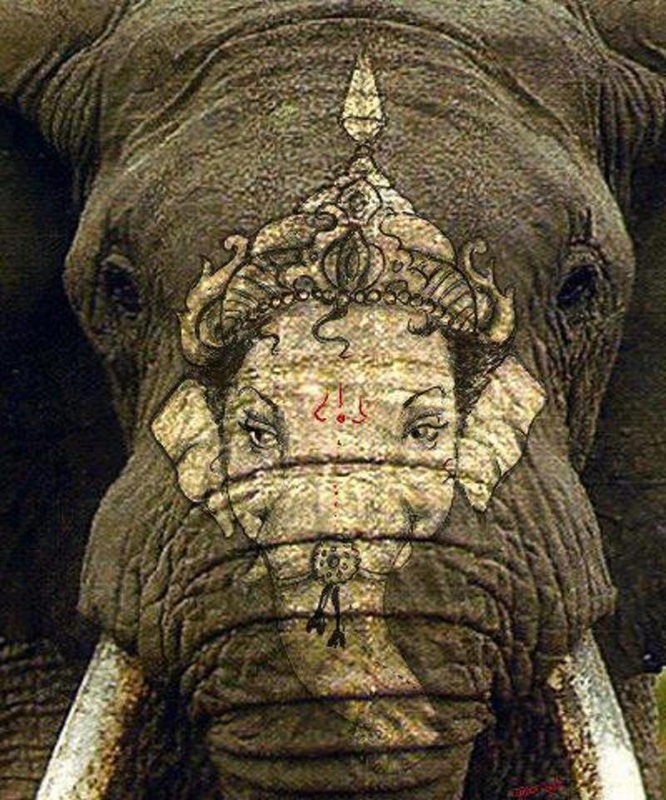
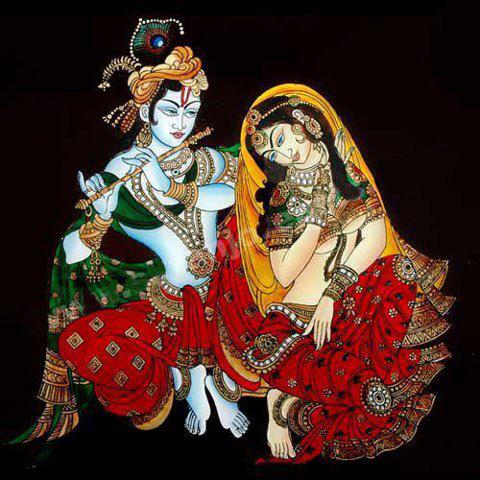
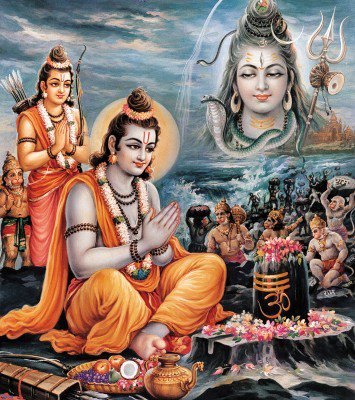
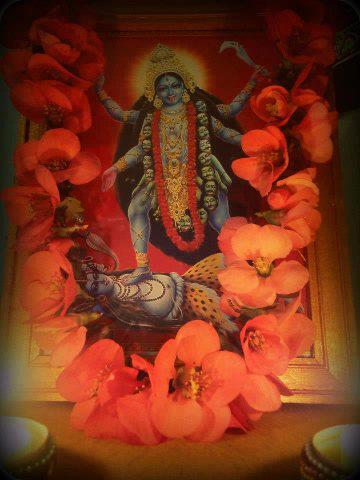
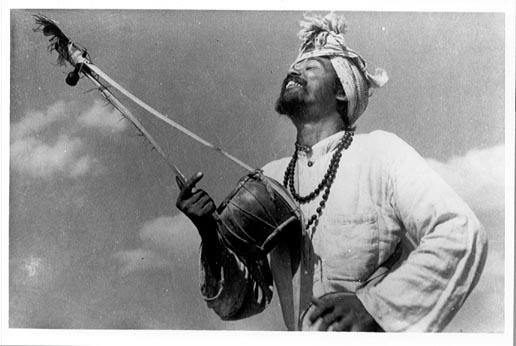
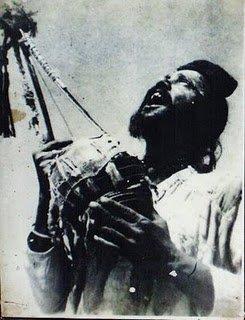
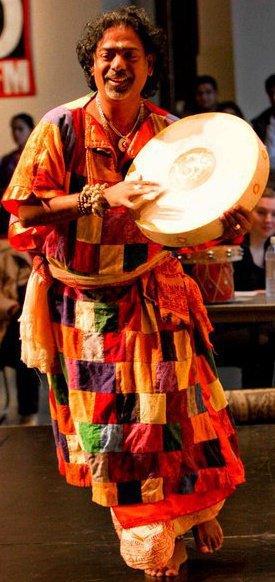
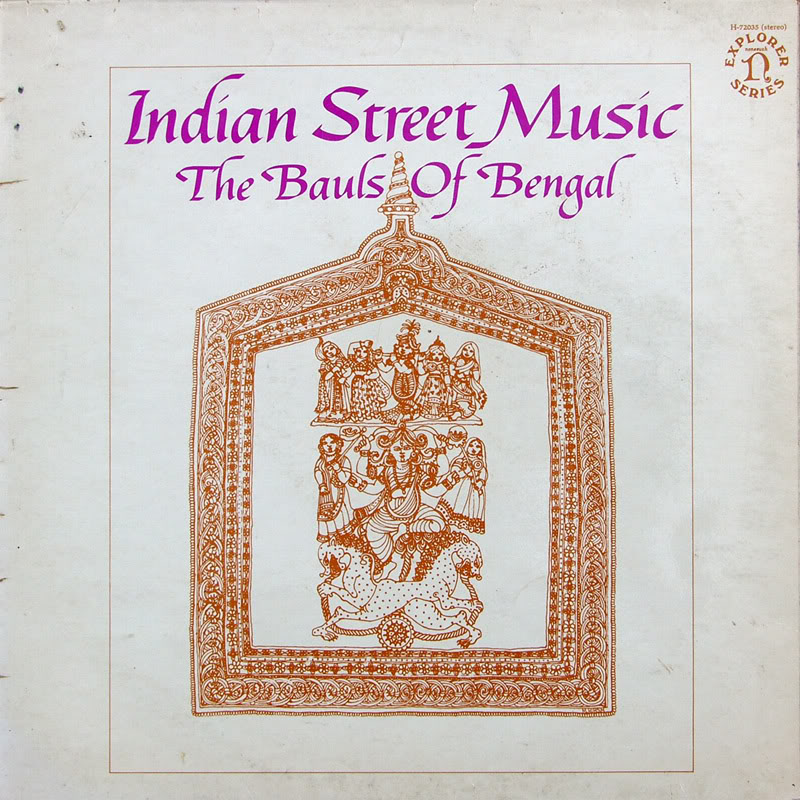
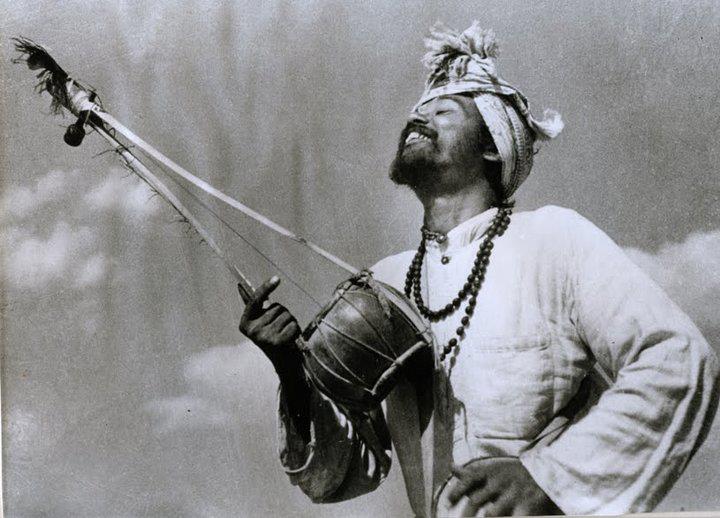

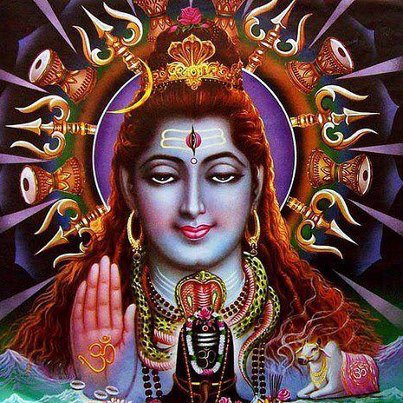
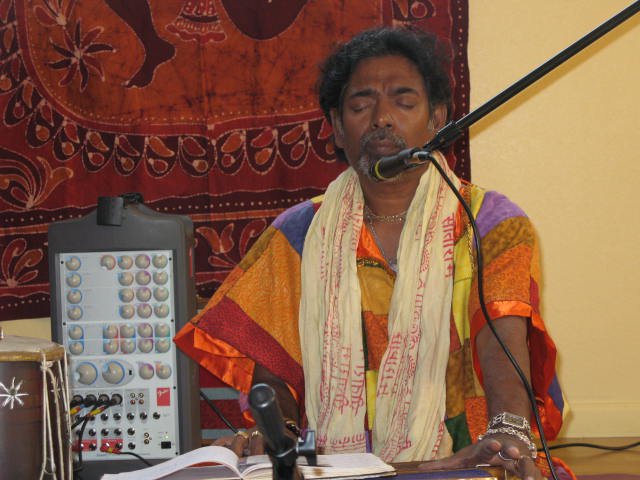
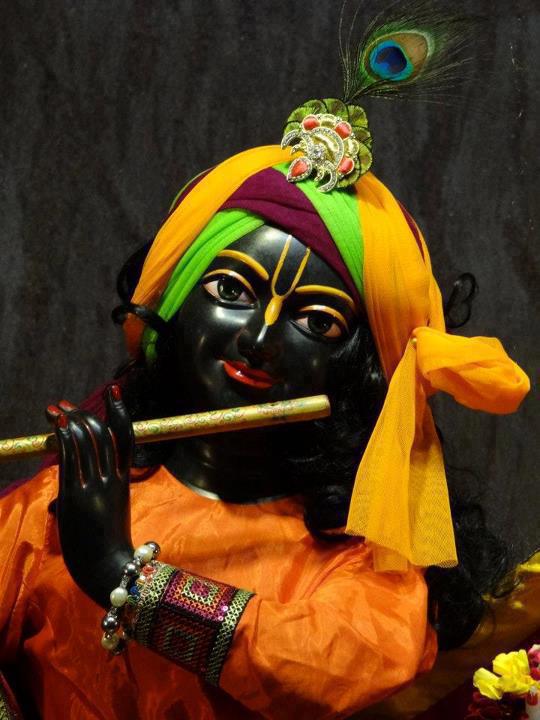
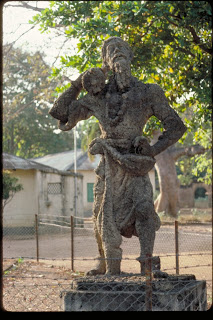
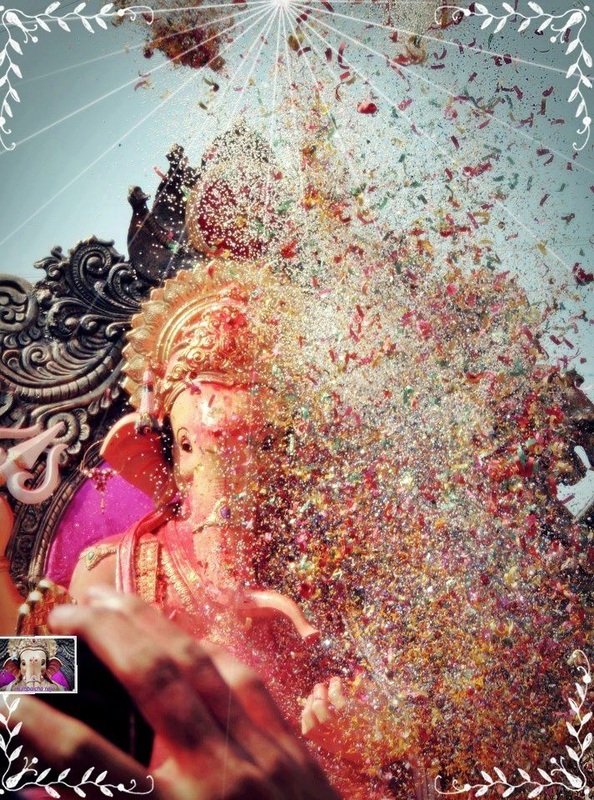
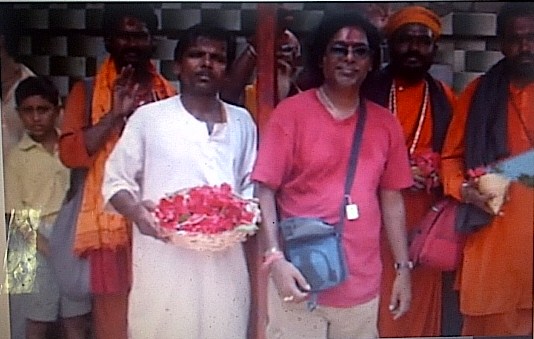
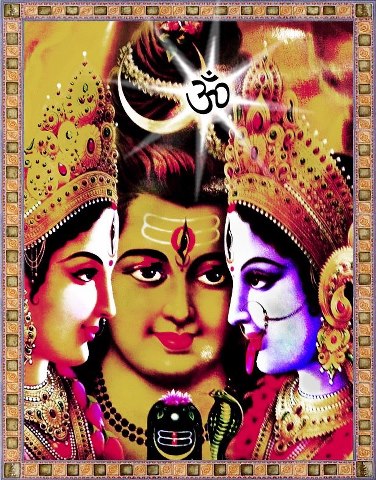
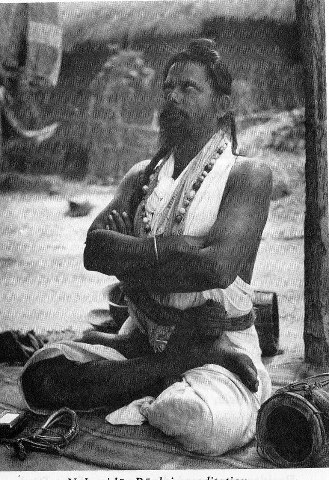
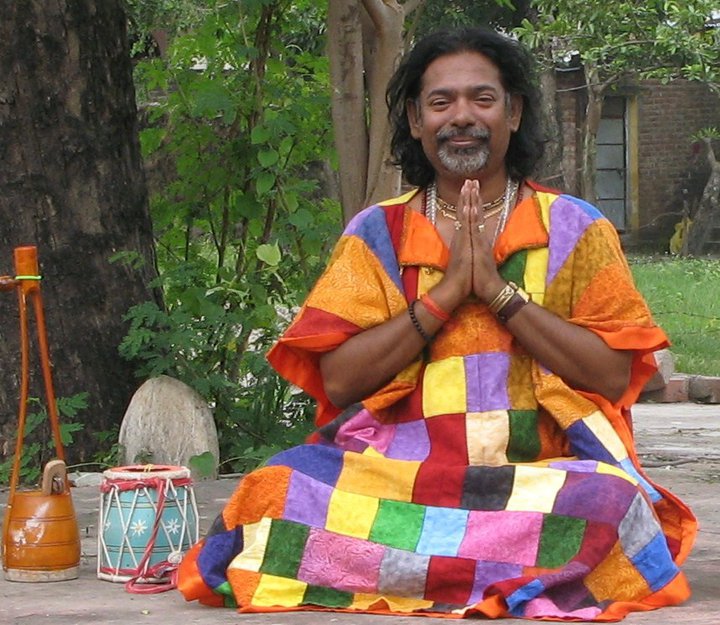
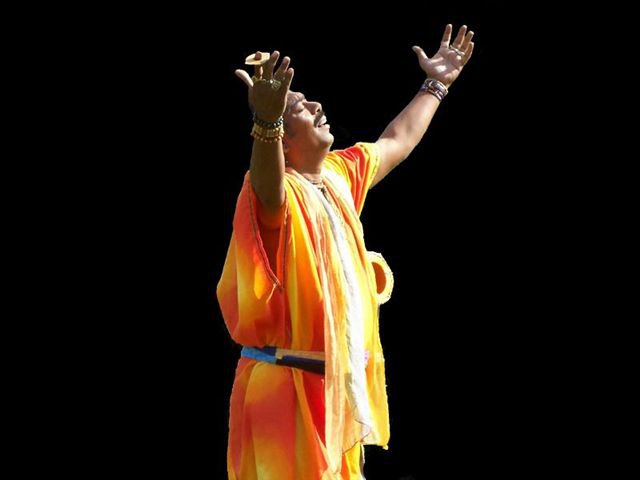
 RSS Feed
RSS Feed
